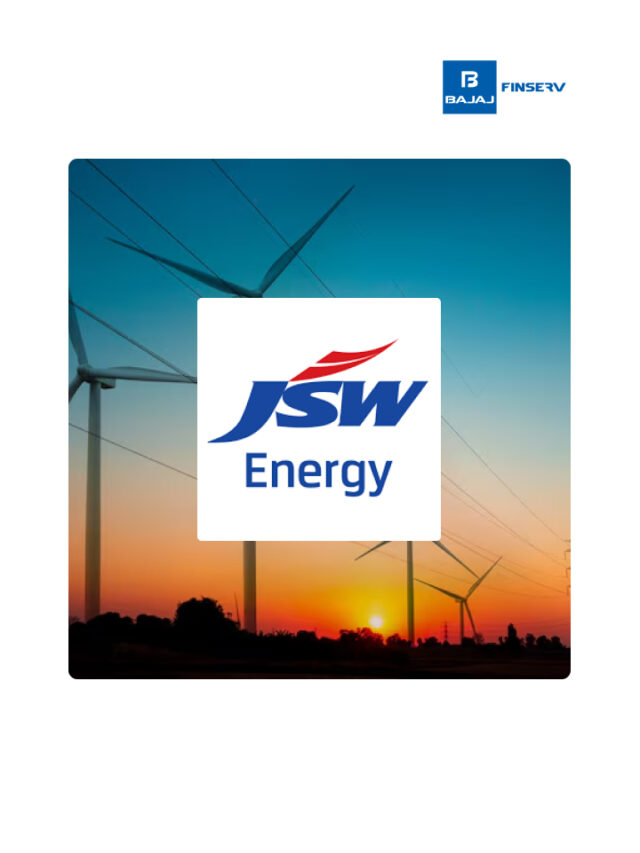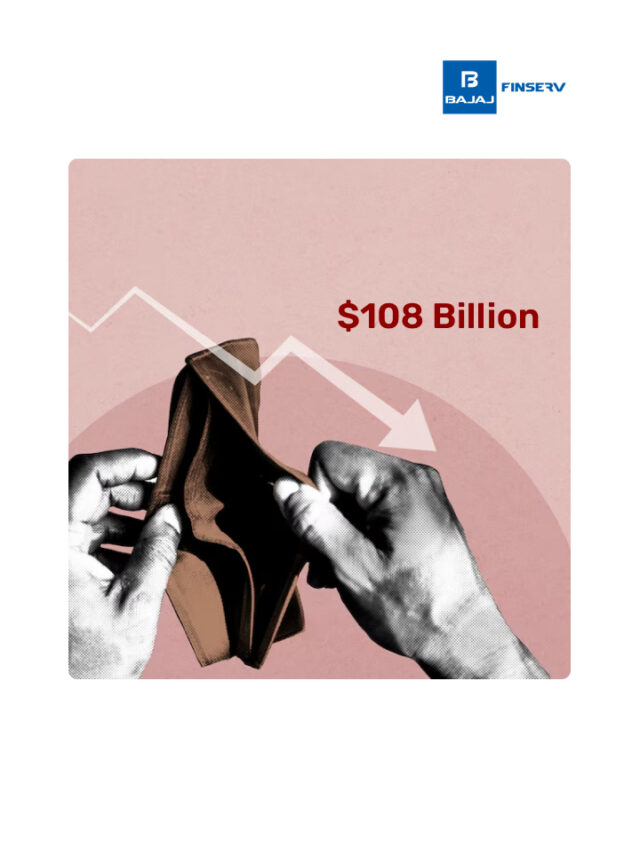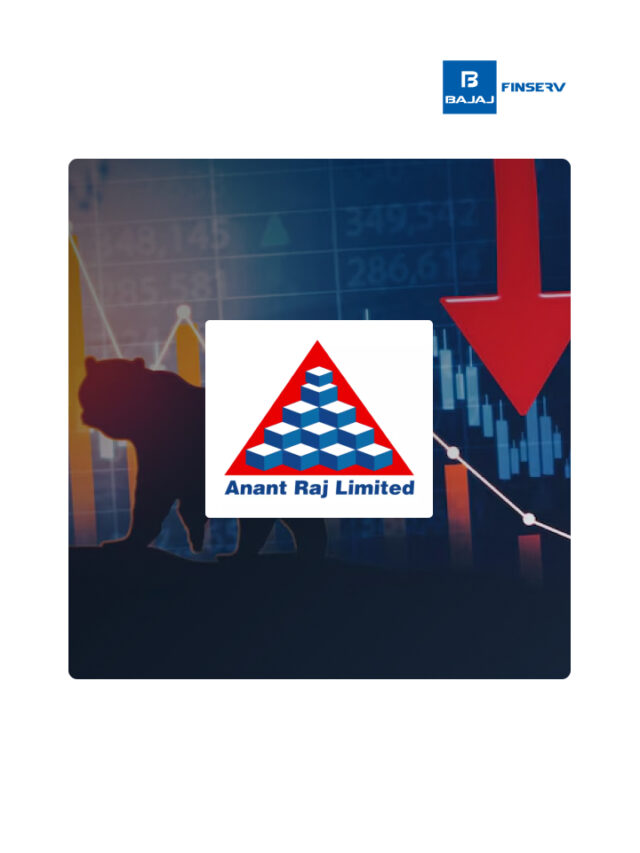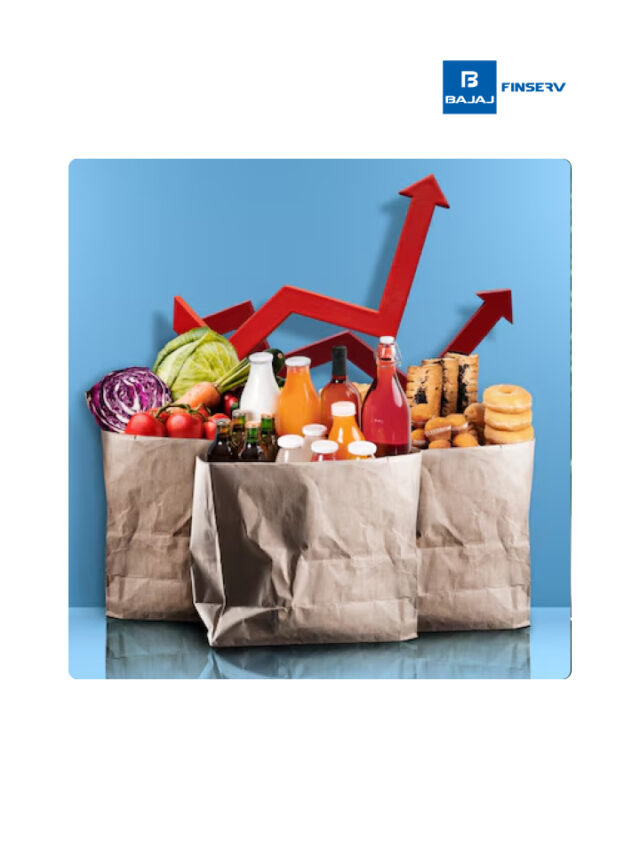Volume Weighted Average Price
Last Updated on October 16, 2023 by BFSLTeam BFSLTeam

Technical analysis of a stock or an asset can give you deep and valuable insights into the potential price movements. These insights can help increase your trading success rate. One of the many technical indicators you can use to make well-informed trading decisions is the Volume Weighted Average Price.
It is a simple indicator that lets you know the average price at which an asset was trading over a specific period. It is widely used in intraday and short-term trading. Here’s everything you need to know about this particular technical indicator.
Table of Content [hide]
What is the Volume Weighted Average Price?
The Volume Weighted Average Price, also known as VWAP, is a dynamic technical indicator that shows the average trading price of an asset relative to its volume for a specific period. Since the indicator is dynamic, it keeps changing as the trading session progresses and the units of the asset are bought and sold.
Generally, VWAP is calculated on an intraday basis and is reset at the end of a trading day. The indicator is widely used by large institutional investors including mutual fund houses when buying or selling an asset on the stock exchange.
Also Read: What is William %R indicator?
How to Calculate the Volume Weighted Average Price of an Asset?
To calculate the VWAP of an asset, all you need to do is use the following Volume Weighted Average Price formula.
| VWAP = (Total Price * Total Volume) ÷ Total Volume |
Here, the total price represents the sum of the prices of all the executed trades, whereas the total volume represents the sum of the volume of all the executed trades.
As a trader, manually calculating the VWAP for an asset can be extremely challenging, if not impossible. Fortunately, you don’t have to perform any manual calculations to get to know the Volume Weighted Average Price. You can find it on a stockbroker’s trading platform, a stock exchange website and even on certain financial news websites.
The Significance of Volume Weighted Average Price
Analysing just the average price of an asset is unlikely to provide any insight into an asset’s price action. However, reading into the price action along with the trading volume can give you a true context of how the asset has moved during a specific period.
Despite being a simple technical indicator, the VWAP is routinely used by institutional investors including mutual fund houses to plan large block trades. Institutional investors are known to make large trades. However, buying or selling significantly large quantities of an asset can lead to heavy swings in the price and a spike in volatility.
Such large orders may also cause panic in the markets. To avoid such an undesirable situation, institutional investors break up large trades into multiple smaller ones and attempt to execute them at the current Volume Weighted Average Price of an asset. This reduces the risk of a spike in volatility and wild price swings.
Also Read: Moving Averages for Intraday
How to Use the Volume Weighted Average Price?
The Volume Weighted Average Price of an asset can help plan your trades. Here’s how it can be interpreted and used.
If the current price of an asset is above its VWAP, it indicates a bullish sentiment or continuation of a bullish trend and can be interpreted as a buying opportunity. On the other hand, if the current price of an asset is below its VWAP, it might indicate a bearish sentiment or a continuation of a bearish trend. In such a situation, you can consider selling or shorting the asset.
And finally, if the current price of the asset crosses its VWAP line, it may be interpreted as a potential trend reversal depending on whether the price crosses the VWAP from above or below.
Also Read: What is a Bear Market?
Limitations of the Volume Weighted Average Price
As with any other technical indicator, the Volume Weighted Average Price also has certain limitations. As a trader, you need to be aware of what they are before you use them as part of your trading process.
Firstly, VWAP is generally calculated only for a short period and therefore doesn’t give you a complete history of an asset’s price action. Also, since the indicator relies heavily on volume, it may not work well or produce accurate signals if the trading volume is low. And finally, the VWAP doesn’t account for important market-moving events which can lead to a temporary spike in the volatility and trading volume.
Conclusion
Despite its limitations, the Volume Weighted Average Price continues to be used widely by both retail and institutional traders. However, if you’re planning to trade using this technical indicator, remember to account for false trading signals. Moreover, it is advisable to use other technical indicators in conjunction with the VWAP to get a more accurate context of an asset’s price action before placing a trade.










